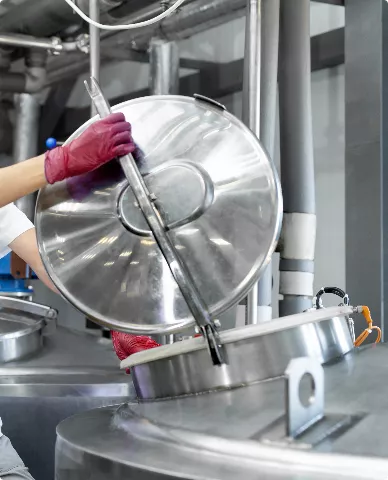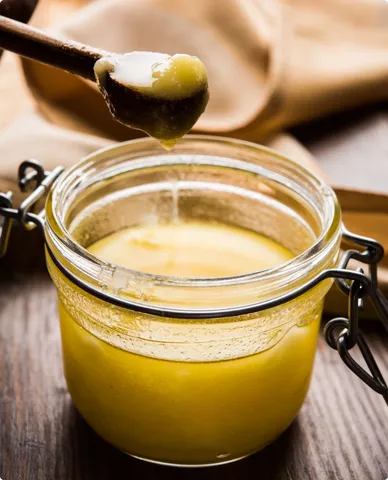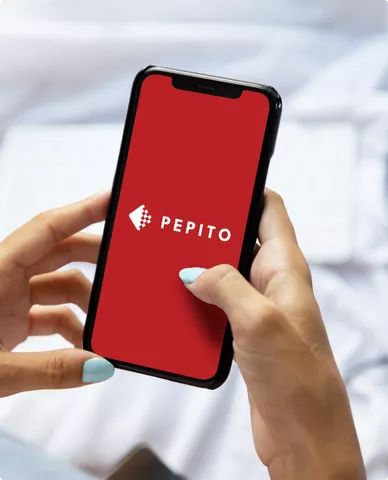Greaves (GRE)
Greaves (designated as GRE by European legislation) are a processing by-product that includes the solid residues after the extraction of fats from animal tissues.
Greaves are solid residues that remain after animal fats have been rendered. This practice is used by the processing industry to separate fats from various animal tissues, such as lard, tallow, and other fatty tissues. During the rendering process, fats are heated to high temperatures, which separates the liquid fat, while the solid residues (parts of meat, skin, tendons, etc.) – i.e., greaves – remain. Greaves are an interesting by-product with a wide range of applications across several industries.
Chemical composition
Greaves consist mainly of proteins, minerals, a small amount of residual fat, and water. Their nutritional value varies according to the origin and type of tissue processed, but they usually contain a significant amount of protein as well as fat and ash (minerals).
Uses of greaves
Historically, greaves served as food rich in energy and nutrients; to this day, they are a popular product of home slaughters in villages. Nowadays, they are also used by the feed industry as a source of protein for animals. Their high protein content makes greaves a suitable raw material for the production of pet food.
Hygiene and legislative requirements
Greaves are made from animal raw materials, so their production and use are subject to strict hygiene and legislative standards. In Europe (and other regions), there are rules for safe handling and storage to prevent risks such as contamination by bacteria or other pathogens. Naturally, we also comply with these standards here at PEPITO.




